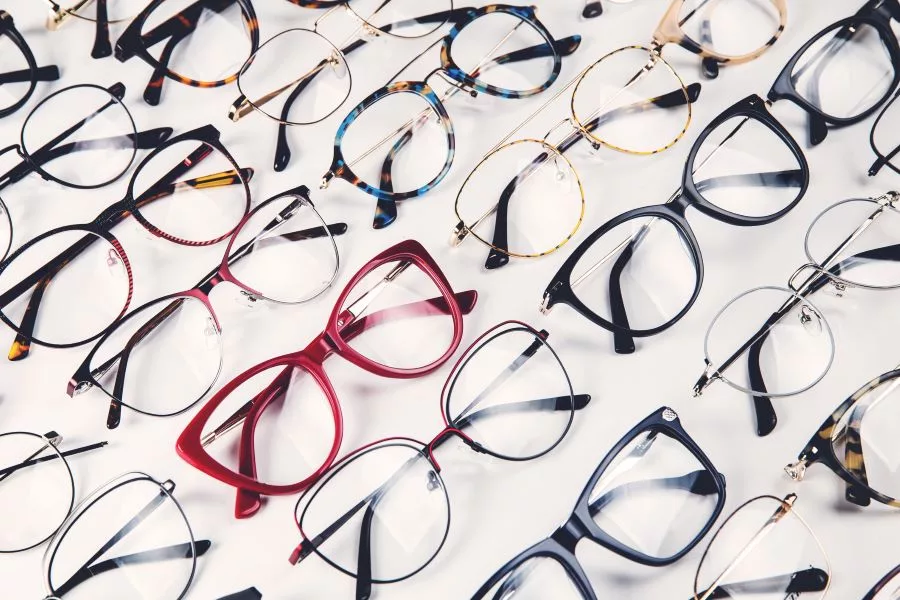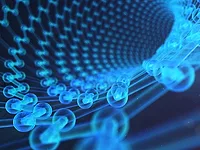Hydrophilic Coatings: An Overview

Anass Bachar, iStock / Getty Images Plus, via Getty Images
A hydrophilic coating refers to a surface treatment method that enhances the water-attracting characteristics of a material, while simultaneously reducing friction and adhesion. This type of coating finds extensive applications across diverse industries, including medical devices, automotive, aerospace, marine, optical, and consumer goods. The utilization of hydrophilic coatings brings forth numerous advantages, including enhanced biocompatibility, lubricity, durability, corrosion resistance, and antifouling properties.
Market Size of Hydrophilic Coatings
The size of the hydrophilic coatings market refers to the scale or extent of the market for coatings that exhibit water-loving properties. These coatings have the ability to form dynamic hydrogen bonds with water, indicating their affinity for water. Additionally, many hydrophilic coatings are ionic and often carry a negative charge, which further enhances their interaction with water. The market size of hydrophilic coatings is projected to experience a compound annual growth rate (CAGR) of 6.0% in terms of value during the period from 2022 to 2027. This growth is influenced by various factors, including the demand trends in industries such as medical devices, aerospace, automotive, optics, marine, as well as environmental regulations, health and safety norms, consumer preferences, lifestyle choices, and the overall economic growth. It's worth noting that the hydrophilic coating market is affected by the volatility of oil prices, due to supply and demand imbalances, as well as unfavorable socio-political conditions in the Middle East. Moreover, since the raw materials used for manufacturing hydrophilic coatings are derived from petroleum, they are vulnerable to fluctuations in commodity prices.
Increasing Popularity of Hydrophilic Coatings
Due to their exceptional performance and versatility, hydrophilic coatings have witnessed a surge in popularity compared to other coatings technologies like hydrophobic, antimicrobial, and bioactive coatings. Hydrophilic coatings outshine hydrophobic coatings by offering lower friction and adhesion, thereby reducing the risk of infections, inflammations, and thrombosis in medical devices. Moreover, hydrophilic coatings exhibit superior durability and stability when compared to antimicrobial and bioactive coatings, which are prone to degradation or leaching over time. Another advantage of hydrophilic coatings is their ability to be applied to various substrates including metals, polymers, ceramics, and glass, allowing for customization to meet specific end-use requirements.
Factors Impacting the Market Demand
The market demand for hydrophilic coatings is influenced by various factors, including:
- The growth of the medical device industry, particularly in emerging markets like China, India, Brazil, and South Korea. The increasing prevalence of chronic diseases, aging population, and rising healthcare expenditure are driving the demand for medical devices such as catheters, guidewires, stents, implants, and surgical instruments. These devices require the incorporation of hydrophilic coatings to enhance their functionality and safety.
- The continuous development of new technologies and applications for hydrophilic coatings. These coatings are now being utilized for diverse purposes such as creating self-cleaning surfaces, antifogging lenses, water-harvesting devices, solar panels, and biosensors. These emerging applications present fresh opportunities for growth within the hydrophilic coating market.
- The presence of stringent regulations and standards governing hydrophilic coatings; regulatory bodies such as the FDA, CE, ISO, and ASTM have established specific guidelines and criteria to ensure the quality and performance of hydrophilic coatings. While these regulations contribute to the safety and efficacy of hydrophilic coatings, they also present challenges for manufacturers in terms of compliance and cost considerations.
Upcoming Technologies That May Disrupt the Demand for Hydrophilic Coatings
The demand for hydrophilic coatings could face disruption from emerging technologies that provide alternative or superior solutions across various applications. Several of these technologies include:
- Nanotechnology: Nanotechnology involves manipulating matter at the nanoscale (1-100 nm) to create novel materials and devices with enhanced properties. Within this field, nanocoatings can be developed to possess superior hydrophilicity, biocompatibility, lubricity, durability, and functionality compared to traditional hydrophilic coatings. For instance, nanocoatings based on graphene oxide or carbon nanotubes can be applied to biosensors or drug delivery systems.
- Biomimetics: Biomimetics focuses on imitating nature's designs and processes to develop innovative solutions for human challenges. In the realm of coatings, biomimetics can be utilized to create bioinspired coatings with remarkable water-attracting and self-cleaning properties, surpassing those of synthetic hydrophilic coatings. As an example, bioinspired coatings inspired by the lotus leaf or shark skin can be employed in marine or aerospace applications.
- Smart coatings: Smart coatings possess the ability to modify their properties or functions in response to external stimuli such as temperature, light, pH, electric fields, or magnetic fields. These coatings offer dynamic and adaptive solutions for diverse applications that require hydrophilicity. For instance, smart coatings based on shape memory polymers or thermochromic materials can find applications in areas such as smart windows or textiles.
Emerging Industries or Applications That are Expected to Drive the Market Demand
Several emerging technologies have the potential to disrupt the demand for hydrophilic coatings. These technologies include:
- Green nanomaterials: Green nanomaterials are derived from natural sources or have minimal environmental impact. They can be utilized in the creation of hydrophilic coatings with enhanced properties, such as self-cleaning, antibacterial, anticorrosion, and photocatalytic capabilities. These coatings can be applied to diverse surfaces like glass, metal, ceramic, and textiles, enabling their use in applications such as solar panels, windows, sensors, and fabrics.
- Biomedical engineering: Biomedical engineering applies engineering principles and techniques to the fields of medicine and biology. Within this discipline, hydrophilic coatings play a crucial role in improving the performance and biocompatibility of medical devices like implants, catheters, stents, needles, and biosensors. These coatings effectively reduce friction, adhesion, inflammation, infection, and thrombosis associated with medical devices, thereby enhancing their functionality and durability.
- Automotive engineering: Automotive engineering focuses on the design, development, production, testing, and maintenance of vehicles. Hydrophilic coatings find utility in this field by improving the performance and safety of vehicles such as cars, trucks, buses, and motorcycles. These coatings offer advantages like antifogging, antiicing, antidust, antiscratch, and antiglare properties, benefiting various components including windshields, mirrors, headlights, taillights, and sensors.
FIGURE 1 ǀ Trends and disruption impacting the hydrophilic coatings market demand. Source: MarketsandMarkets
Conclusion
Hydrophilic coatings are a promising and versatile technology with a wide range of applications and benefits across various industries. The market for hydrophilic coatings is expected to experience substantial growth in the coming years due to increasing demand. This growth is driven by factors such as the rising need for advanced medical devices and the emergence of new applications and technologies. However, the hydrophilic coating market also faces challenges, including regulatory compliance and cost effectiveness. To thrive in this competitive landscape, the industry must focus on innovation and adaptability, meeting the evolving needs and preferences of customers while considering environmental factors. By doing so, the hydrophilic coating industry can continue to expand its reach and deliver impactful solutions.
Looking for a reprint of this article?
From high-res PDFs to custom plaques, order your copy today!





